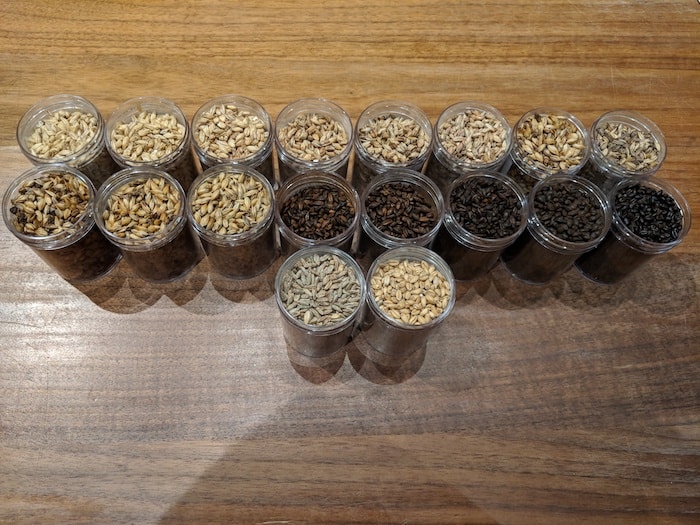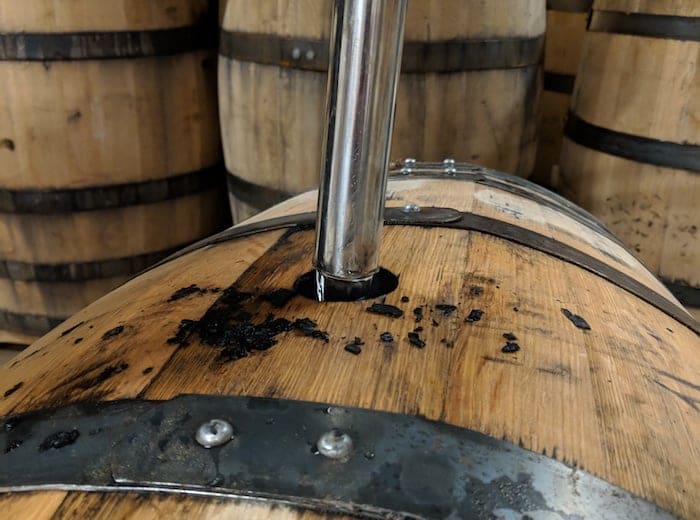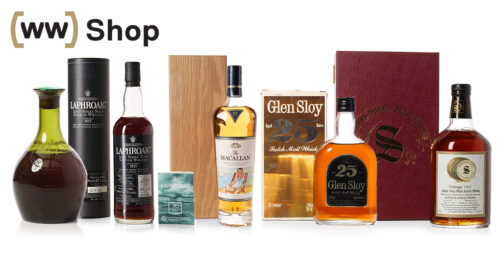Editor’s Note: This first person essay comes to us courtesy of District Distilling head distiller Matt Strickland.
I’ve done a lot of product development in my distilling career. I’ve created whiskeys for several distilleries and taught whiskey production to numerous students and clients. I’m currently an American expat distilling in Canada, who also works in Scotland. Needless to say my whiskey allegiances are as confused as a Congressman reading a third grade social studies textbook. I like it that way though. It allows me to bring techniques from different whiskey styles into the fold to create some interesting drams.
But to the bulk of the whiskey lovers of the world, much of the process of developing a whiskey gets lost in a fog of romantic marketing and branding. Now I can’t vouch for every distiller out there and how they come up with their whiskey recipes, but I can tell you how I do mine, and I hope the following paragraphs give some insight into the world of whiskey creation.
When I use the word ‘recipe’ for whiskey, I’m talking about everything that happens from grain-to-bottle; not just the mash bill. Grain percentages will only get you so far, besides – if that’s all there was to it, all 100% barley single malt would taste the same. We have to know the grains inside and out, what temperatures our yeast love (or hate), what the humidity level in the cellar is, and much, much more.
Everything we do in the distillery affects how the finished whiskey is going to taste. Some things have a bigger impact than others, sure, but I find that a holistic approach is best when working on a new whiskey recipe. We’re making a whiskey from soup to nuts or grain to (sherry) butts if you’d rather. Once we have an idea of what we want, things can be tweaked along the way, but it helps to have a road map to guide us to our destination.

I dream of whiskey
Let’s say that I want to produce a bourbon that has the following characteristics. The appearance is light amber hued, with good legs running down the side of a swirled glass. The nose is bready, fruity, and floral with a decent amount of oak and vanilla notes. The palate is medium-heavy bodied with a slight amount of corned sweetness and finishes with just a little tannic grip and heat. This is something that I’m hoping bartenders want for their cocktail menus and back-bars.
Sounds like a nice little whiskey, so how do I make it? Fortunately in my job there’s usually more than one way to skin a cat…or whiskey…or something like that. Let’s start at the beginning.
Two of the defining characteristics of bourbon is that it has to be at least 51% corn and aged in new charred oak barrels. So we have to have corn. Floral and bready on the nose screams wheat to me. The palate doesn’t sound too corn heavy or sweet so we’ll keep the corn content on the low-ish side, say 60%. To accentuate the wheat character we’ll do 35% wheat. Finally we need enzymes to convert all that starch to simple sugars for our yeast so let’s finish the recipe off with 5% malted barley.

Next up: yeast. I want some fruity notes on the nose so a yeast that produces a decent amount of fruity smelling esters is in order. I’ll ferment on the warm side of things to coax even more of these aromas from the yeast.
Time to distill. I mentioned a bit of tannic grip on the palate which means this will likely be a whiskey on the younger side – probably under four years. With a reduced aging time on my hands I’ll want to make sure that I keep my spirit cuts somewhat conservative by keeping the higher alcohols (these are mostly found in the distillate fraction that comes after the “hearts” which is the portion of spirit we want in our barrel) away from my hearts. Otherwise I might risk ‘feinty’ notes getting into the whiskey. These typically smell ‘sweaty’ and ‘leathery’. Not cool.
Now we just need a barrel. Amber hues in a young whiskey will likely come from a nice char 3 or char 4. To maximize the oak influence in just a few years, I’ll want to put the spirit in the barrel at a lower proof – around 105 should get us there. Lower proofs favor faster oak extraction into the spirit. Once we’re ready to bottle I’ll keep the proof around 100 to provide the power and heat required for good cocktail whiskey.
There you go. We have the beginnings of a solid recipe. Of course this all just a thought exercise, and there are dozens of factors I’ve left out so as to not overwhelm you (or me for that matter). Hopefully this gives an idea of the process, however. Now excuse me. I suddenly have a craving for a nice bourbon old fashioned.








